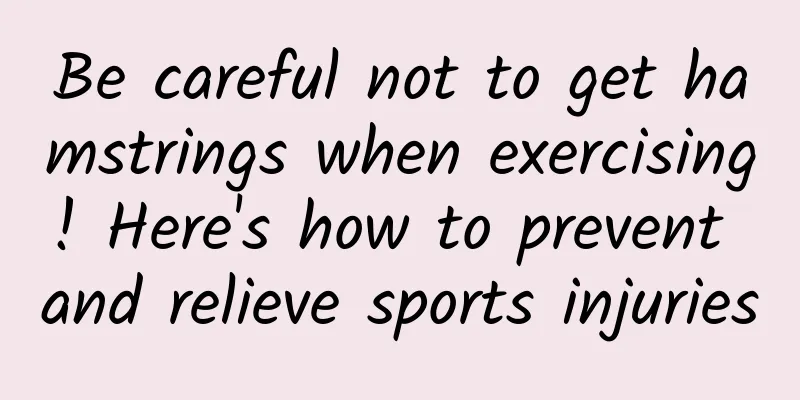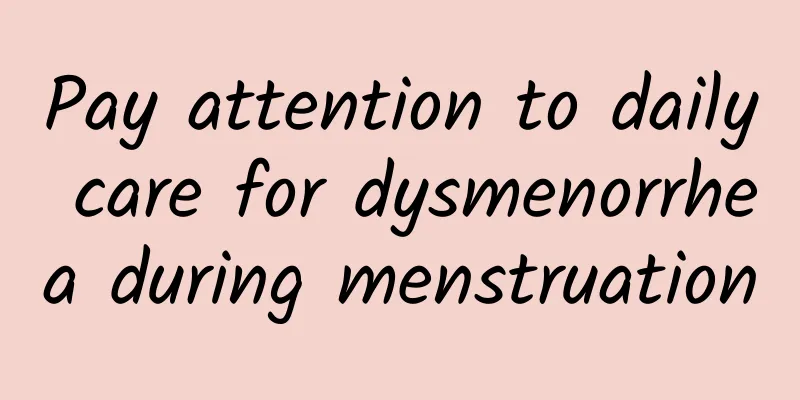Be careful not to get hamstrings when exercising! Here's how to prevent and relieve sports injuries

|
Many people often ignore the "warm-up" stage when exercising, and it is easy to get injured during exercise when the body has not yet started. Moreover, when encountering sports injuries, what are the correct first aid measures? This live broadcast invited Yi Sixun (Yi Sir), a former protection guard of the Chinese Professional Baseball League Brother Elephants, to teach everyone how to prevent, treat and relieve sports injuries. Sir Yi served as a guard for the former Brother Elephants for eighteen years, and accompanied the team in various large and small competitions. His experience can be said to be rich and complete. Sir Yi also shared many wonderful stories and experiences during the live broadcast. He mentioned that the most impressive sports injury he had ever seen was at a stadium in Kaohsiung. A pitcher on the team was hit in the nose by a fly ball during batting practice. He immediately rushed forward to check on the player’s injury and saw that his nose was completely sunken with his nostrils pointing upwards. It was an unforgettable scene! After being rushed to the hospital, interestingly, the emergency doctor used only two medical instruments similar to chopsticks to restore the player's nose to its original state. It was magical! To prevent sports injuries, you must first warm up properly To warm up correctly and thoroughly, three parts must be taken into account: increased body temperature, increased heart rate, and muscle stretching. He suggested that when warming up, you can choose jogging, skipping rope or cycling, and then combine it with moderate stretching exercises. As for the length of time, it depends on age and exercise intensity. For example, professional players generally warm up for 30 to 40 minutes. 5 steps to PRICE acute sports injury treatment We would like to remind everyone that if you encounter a serious acute sports injury, such as bleeding, fracture, dislocation, etc., you must seek medical treatment immediately. As for minor sprains or strains, you can do simple treatment on your own before seeing a doctor, which is the so-called "PRICE". P = Protection Once injured, you need to protect the injured part first to avoid secondary injury. R = Rest Stop all activity and allow the injured part to rest. This reduces pain, bleeding, swelling, and prevents the injury from getting worse. I = Ice Ice compress can quickly cool the skin, constrict the blood vessels in the skin and under the skin, reduce local blood circulation, lower blood flow rate, help relieve pain and control acute inflammation, etc. After using the cooling spray, you can then use a plastic bag filled with ice cubes or an ice pack for ice compress. In principle, the time should not exceed 20 minutes at a time. The time should not be too long. C = Compression Compression helps stop bleeding and reduce swelling. You can use a sponge pad and an elastic bandage to apply pressure. E = Elevation Elevate the injured part, just above the level of your heart. The purpose is to slow down the speed at which blood rushes to the affected wound and help stop bleeding. At the same time, you can do isometric muscle exercises to promote the return of blood and lymph. Q&A (1) How can players prevent cramps in hot weather? The main cause of cramps is related to excessive sweating, water and electrolyte loss. Sir Yi recommends replenishing enough water before exercise, and after sweating during exercise, consuming potassium-rich foods such as bananas, or sports drinks diluted with water are good choices for preventing cramps. We would like to remind everyone not to drink water rapidly after strenuous exercise, as this can accelerate the excretion of electrolytes with urine. We recommend that you drink water slowly, little by little, or take a sip of water and then spit out half of it, which will help reduce the feeling of thirst. (2) How long is enough to warm up? As mentioned earlier, professional players warm up for 30 to 40 minutes. For most people, a thorough warm-up of about 15 minutes is enough. In addition, the importance of cleaning up after exercise should not be ignored! Moderately performing closing exercises can not only effectively reduce muscle tension, relieve tension, and relax muscles, but also relieve fatigue and discomfort after exercise. (3) How to prevent tennis elbow Tennis elbow refers to the wrist extensor muscles attached to the lateral epicondyle of the elbow. Due to repetitive or sudden contraction, the tendon becomes inflamed at the bone attachment. It is common in tennis players who need to hit the ball backhand, so it is called tennis elbow. But it's not just tennis players who are at risk of developing tennis elbow. People whose jobs require them to lift heavy objects frequently are also at risk of developing tennis elbow. If you want to prevent tennis elbow, you can strengthen your muscles through grip training, or do more hand stretching exercises to extend muscle length, increase muscle elasticity and joint mobility. |
Recommend
Women's menopause age
Many female friends have to face a desperate situ...
Does female cervical erosion affect conception? Common knowledge about female cervical erosion
Cervical erosion is actually a gynecological dise...
What causes ovarian cysts?
What causes ovarian cysts? Experts explain: The c...
How can women with recurrent miscarriage preserve their pregnancy? Here are some tips
Women with recurrent miscarriage need to prepare ...
Adverse reactions to menstrual disorders
Adverse reactions to menstrual disorders Menstrua...
Does pelvic effusion have a big impact on fertility?
When facing pelvic effusion, some patients think ...
What is the cause of half-month menstruation?
What is the cause of half-month menstruation? Hal...
What medicine is effective for cervicitis
What medicine is effective for cervicitis? Cervic...
Patients with uterine fibroids must combine their examination methods as soon as possible
Uterine fibroids are a very common disease among ...
What are the precautions for treating cervical erosion? Pay attention to these matters when treating cervical erosion
What are the misunderstandings about the treatmen...
Menstruation is late? Find out the three key reasons for improper weight loss and dieting
For every woman, "period" is really a l...
Effects of hyperprolactinemia in pregnant women on the fetus
There are many reasons for infertility. After the...
Experts explain the bleeding symptoms of irregular menstruation
Clinically, bleeding is a more serious symptom of...
What is the reason for late menstruation?
What is the reason for late menstruation? If your...
Woman with abdominal distension and abnormal leucorrhea
Women's abdominal distension and pain accompa...









